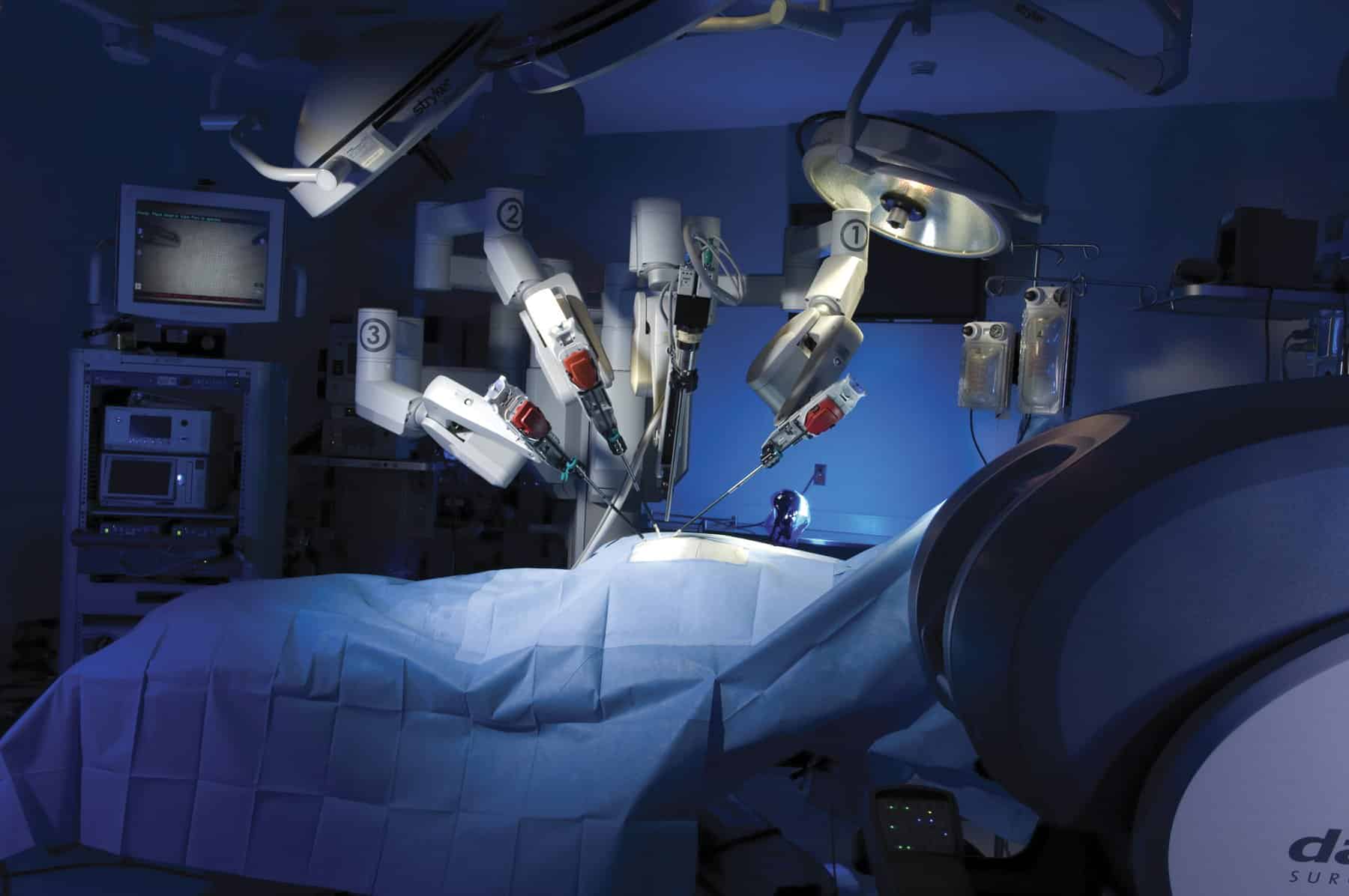Businesses throughout the world are increasingly using robots to automate portions of their workflow.
Although traditionally used in manufacturing, robotics, of late has been playing a key role on medicine. Robots are often used to perform surgeries, for instance, offering more precise and predictable movements than a surgeon. They are capable of conducting surgery, pacemakers can help regulate a person’s heartbeat, and now robots you eat may soon start crawling around inside your intestinal tract, delivering medicine or handling other duties.
We had the revolutionary Puma 560 back in 1985- it was the very first mechanical operator, progenitor to steady-handed robo-surgeons like of the DaVinci system for minimally invasive surgery, whose insect-like arms are operated by a surgeon sitting at a control booth. But in the near future, robots will no longer be cutting into us – from the outside, at least.
The medical community is madly working to
wards developing robotic surgical devices capable of operating autonomously, or at least remotely. This is due, in part, to expected shortages in qualified doctors, nurses and medical technicians over the next decade or so.“By 2030, we estimate we’re going to need another 40 million health workers and we may be 15 to 18 million health workers short,” professor David Watters, head of surgery at Barwon Health. “The fact that we can get skilled procedures remotely to a patient will be of tremendous advantage to rural and remote communities and also low-income countries and low-middle-income countries that are struggling to train enough health workers to service their populations.”
Luckily, robots like the Smart Tissue Autonomous Robot (STAR), developed by a team at Johns Hopkins University, are already matching and exceeding the capabilities of their human counterparts.
Around 80 countries already employ ingestible cameras, such as the PillCam from Given Imaging. These cameras send a series of high-speed images to doctors during their roughly eight-hour journey through the digestive system. What’s more, the PillCam can be guided — its course even halted and reversed — via an external magnet so that doctors can linger and better inspect anything they find.
In another instance, the MIT CSAIL, which debuted a similar device last year that consisted of a small magnet instead of a camera, designed to be ingested orally. After the pill casing dissolves in the stomach’s acids, the robot unfurls itself and rattles around the gut, hopefully attracting and clinging to any loose batteries or other miscellaneous magnetic items that you may have swallowed.
The quest for edible robots is an international one.
If you are in need an ingestible endoscope – one capable of punching out a small portion of your stomach lining for biopsies – researchers at the physical intelligence department at Max Planck Institute in Germany have you covered. Like the CSAIL origami-bot, this too contains a small magnet which enables doctors to control it from outside the body. However, unlike MIT’s device, this one is built to withstand the rigors of the human body’s interior and deliver its potentially cancerous cargo completely unscathed after it passes through the gut.
Furthermore, researchers from Switzerland’s EPFL are currently working on a soft robot that doesn’t need to be guided by external magnets or mechanizations. Instead, this gelatinous device relies on liquids and air that react to an onboard supply of chemicals to activate its inchworm-like movements.
Also, the Rentschler Research Group has created a robot capable of traversing your colon. But rather than waste a workday traveling through the length of your intestines, this robot takes a more direct approach by entering through the rectum. It scrunches its way through your rectum like a worm in search of cancer.
Despite such magic-like devices out there and as promising as these futuristic medical devices appear, they are almost unanimously unready for the trip through your innerspace. It’s the same with cars. No one is trying to sell you a fully autonomous car yet. The cars we do drive are already becoming increasingly automated, first with cruise control and now with lane change and parking assist. You’ll be lulled into trusting the robot driver and robot surgeon. But lulling will be slow and incremental. You can’t put the cart before the robot. Even as other fields in robotics move towards full autonomy, medical devices have been slow to incorporate that feature.






























